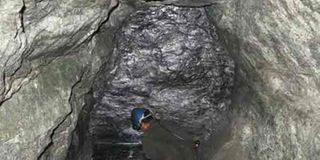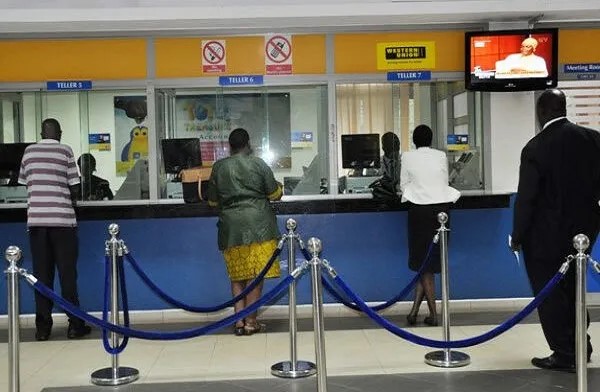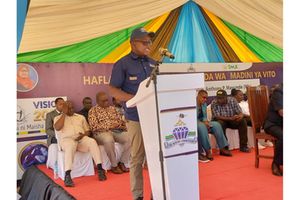Australian firm to inject Sh2.2tr into economy

Dar es Salaam. An Australian company is set to contribute more than $1.0 billion (over Sh2.2 trillion on the prevailing exchange rate) into Tanzania’s economy over the next 20 years through local graphite mine projects, reassuring that the global market for battery-grade graphite remains unequivocal.
Speaking on the second day of the three-day Pay dirt 2018 Africa Down Under mining conference in Perth, Kibaran Resources chairman Robert Pett said the market opportunity for the commodity was “now” despite a lot of “noise” around the battery component supply chain and forecast supply and demand estimates.
“A raft of high end, credible industry and government agencies have initiated substantial modelling around graphite and the opportunity it presents is quite clear,” Mr Pett said in Perth while delivering a statement that was made available to The Citizen in Dar es Salaam yesterday. “Standout and verifiable conclusions range from the expected presence of one billion electric vehicles on the world’s roads by 2025 under a lithium-ion battery market momentum worth $290 billion by 2025,” he said.
“Some 47 per cent of the lithium-ion battery market will require a component contribution from spherical graphite and this will generate a 700 per cent increase in natural flake spherical graphite demand in just the next seven years.
“This will stretch global consumption of natural flake spherical graphite from 127,000 tonnes currently per annum to 800,000tpa.”
Cobalt, nickel, lithium and manganese would fulfil the suite of ingredients needed for lithium-ion battery production.
Mr Pett also pointed to the accelerating demand from the energy industry for domestic and industrial application lithium-ion battery storage options.
“The expected energy expenditure is mind boggling – a forecast $8 trillion investment in new wind and solar production globally through to 2050, and a $500 billion investment through that period in new battery storage capacity,” Mr Pett said.
“We believe projects like Kibaran’s advanced high grade natural flake graphite undertaking at Epanko in Tanzania are of the calibre offering the required scalability, long-term supply profile and the duality of either concentrate supply or special value-adding spherical graphite.”
Epanko has a NPV of $211 million based on 60,000 tpa of graphite concentrate with offtake agreements already in place with European and Japanese customers as well as debt financing support from German and Australian lenders for its estimated US$89 million pre-production capex cost.
The project offers a further NPV of $145 million for adding a downstream spherical processing arm of up to 20,000 tpa via the establishmentof purification facilities in key customer markets.
Spherical graphite pilot plant testing is already underway in Germany to produce test material for battery anode manufacturers with the plant easily able to be expanded to commercial output.
Mr Pett said the Kibaran contribution to the Tanzanian economy from a maturation of its Epanko aspirations would be substantial.




